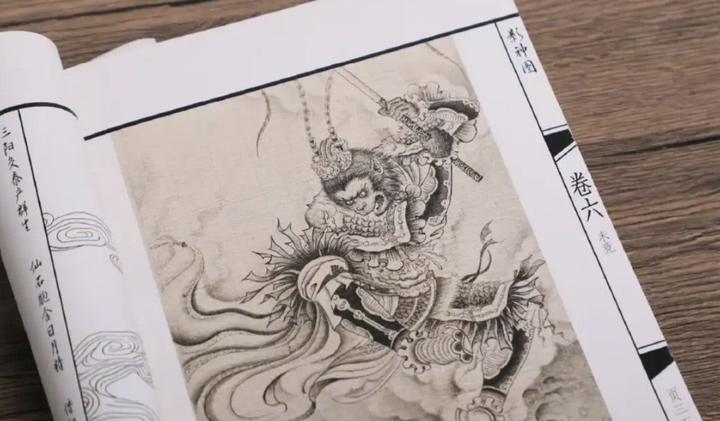Black Myth: Wukong Art Book Controversy
The upcoming release of the official Black Myth: Wukong art book has sparked debate among fans regarding its quality and pricing, with the standard edition at ¥159.2 and collector’s edition at ¥342, highlighting broader concerns about gaming merchandise quality and pricing in China.

The recent announcement of Black Myth: Wukong’s official art book has ignited significant discussion within China’s gaming community, revealing deeper tensions between fan expectations and commercial reality in the gaming merchandise industry.
The art book, published by China CITIC Press and scheduled for release in January 2025, features traditional Chinese painting interpretations of the game’s characters and creatures. While the concept attracted initial excitement, the execution has drawn mixed reactions from fans and industry professionals alike.
Several key issues have emerged from the community response. The quality of paper and binding, particularly in the collector’s edition priced at ¥342, has been criticized as subpar compared to similar products in the market. Industry professionals have pointed out technical flaws in the design, such as inconsistent layout and questionable artistic choices in the reproduction of the game’s signature Shadow Scroll item.
The pricing strategy has become another point of contention. Fans have drawn comparisons to other gaming art books in the market, such as Dark Souls design works (¥150) and Dragon Ball art collections (¥200), arguing that Black Myth: Wukong’s pricing appears inflated given its production quality. The standard edition at ¥159.2 has been particularly scrutinized for its perceived value proposition.
The controversy has extended beyond mere product criticism, touching on broader issues within China’s publishing industry. Some industry insiders have expressed concern about the growing trend of prioritizing profit margins over product quality in gaming merchandise, while others defend the pricing as necessary for sustaining high-quality local creative productions.
The developer’s response to criticism has also generated discussion. When faced with quality concerns, their suggestion that fans should “adapt” to the product has been interpreted by some as dismissive of legitimate consumer feedback. This response has prompted deeper conversations about the relationship between game developers and their community.
This situation mirrors similar challenges faced by other Chinese gaming projects attempting to establish themselves in the premium market segment. The art book’s reception may serve as a valuable case study for future releases in the rapidly evolving Chinese gaming industry.
The depth of fan engagement with this issue reflects the passionate investment of Black Myth: Wukong’s community in the game’s success. As China’s gaming industry continues to mature, the balance between commercial viability and fan expectations remains a critical challenge for developers and publishers alike.